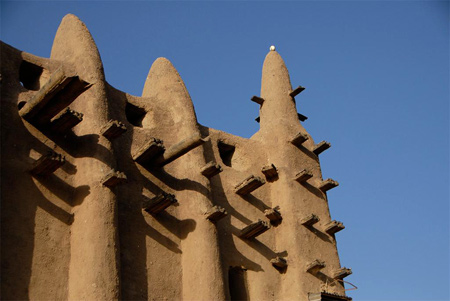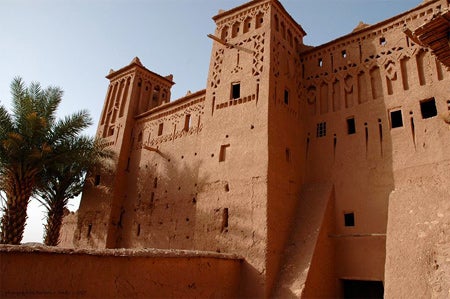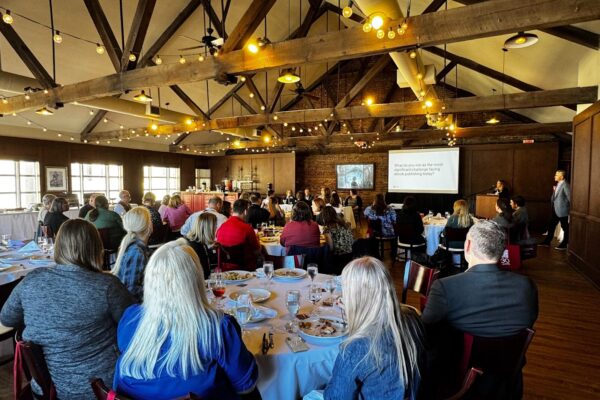
Mrs. Michelle Apotsos
Stanford University
Doctoral candidate Art History/Architectural History
As a graduate student at Tufts University, I was once given the opportunity to give a lecture to a class of architectural history students on West African architectural form for the purpose of unsettling some common notions that inform Western conceptions of the built environment. I decided to present a case study of the Djenné mosque in Mali, West Africa as an example of an architectural tradition that utilizes distinctive structures, materials, and iconographies to resonate with its cultural context. The experience itself not only revealed to me the inherent challenges of teaching architectural studies in Africa, but also the necessity of having high-quality visual tools in order to recreate a convincing three-dimensional spatial narrative. Thus began my ongoing love affair with Artstor.

As a field of study, African architectural history is handicapped by both a lack of documentation and the ephemerality of most primary structural source materials. This causes many students within architectural studies to view the idea of an “African architecture” with inherent skepticism. But the reality of architecture in Africa is that it is both a dynamic medium and a deeply cultural process that provides us with a largely underutilized tool for analyzing the cultural conditions of a particular African context. I attempted to underscore this reality in my lecture by taking the students step by step through a historical, cultural, and stylistic narrative of the mosque, using images from Artstor to provide the visual evidence for the conceptual theories being presented.
Beginning with a systematic analysis of mosque’s faces and then moving into a more formal investigation of its geometric brickwork patterns and threshold ornamentation, I proceeded to trace the mosque’s stylistic lineage back to North African sources, specifically the ksour and kasbah structures of Southern Morocco. I then compared these formal elements to other regional Djennenke productions including masks, pottery, and other architectural forms, and in doing so managed to convey the presence of a distinctly regional style that captured the area’s social, cultural, and spiritual character within a number of architectural representations ranging from the stick-like toron that erupt from the mosque’s surface to the studded pinnacles that mimic both traditional Islamic defensive architecture and pre-Islamic ancestral pillars. At each stage of my analysis, Artstor provided the visual tools necessary to present this structure within an appropriate conceptual framework.
The talk itself was so successful and the material so rich that it eventually formed the basis for my Master’s thesis, my doctoral dissertation, and the creation of an undergraduate seminar on West African Islamic architecture scheduled for 2013. In addition, Artstor has inspired me in the course of my research to document not only as many buildings as possible, but also their various contexts in order to provide a comprehensive image base that can support a rigorous degree of academic analysis.



